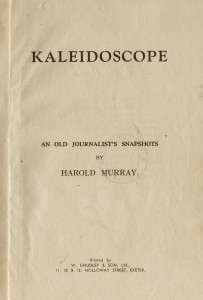 Found in a pile of books here at Jot HQ a battered, library copy ( ‘ with all the stamps ‘, as the abebook dealers say ) from Exeter City Library of Kaleidoscope , an old journalist’s snapshots (Exeter, nd but c 1947) by Harold Murray. Printed in Exeter by W. Chudley & Son, it would seem to be self-published, but unlike most books of this type, it is actually worth reading.
Found in a pile of books here at Jot HQ a battered, library copy ( ‘ with all the stamps ‘, as the abebook dealers say ) from Exeter City Library of Kaleidoscope , an old journalist’s snapshots (Exeter, nd but c 1947) by Harold Murray. Printed in Exeter by W. Chudley & Son, it would seem to be self-published, but unlike most books of this type, it is actually worth reading.
Wikipedia, alas, has no information on Murray. He claimed to be of ‘ Scottish origin’, and was born in an ‘ old parsonage in the Fen country ‘ (possibly near Peterborough). As for his year of birth, recollections of having seen in 1884 a zoetrope at a bazaar and of being a cub reporter at the time of the Boer War, suggests that he first saw the light of day sometime in the eighteen-seventies. As for his published works, abebooks does feature Kaleidoscopealongside the author’s biographies of two nonconformist preachers, Dinsdale T.Young and Campbell Morgan, along with a collection of Murray’s stories for Boys’ Own Paperand a life of the famous evangelist preacher Rodney ‘Gypsy’ Smith (1860 – 1947). The ‘ by the same author ‘ panel in Kaleidoscope suggests that Murray ‘s main interest was religious evangelism, though this doesn’t come across strongly in Kaleidoscope, which is essentially a hotchpotch of anecdotes about all the many famous, and not so famous, people and places he had encountered in his rather hectic career as a jobbing journalist.
It isn’t easy to establish if Murray was attached to particular newspapers for any length of time, if he was a freelance for much of his life, or if he did other things when he wasn’t writing. He seems to have been enchanted by the idea of writing for a living from his earliest days. FromKaleidoscope it seems obvious that he wished to be seen as someone who was, in the words of Wyndham Lewis, ‘ not for sale ‘ and it doesn’t appear that he was ever troubled by the insecurity of the freelancer’s life. At one point he remarks that he liked writing about hotels because, until twenty years ago, he had spent so much of his life living in them. This might suggest that for a while he was married, with a house and perhaps a family, and that a divorce or separation obliged him to return to living in hotels and boarding houses. But it might equally suggest that Murray, like Gipsy Smith, preferred the life of a wanderer from place to place. He certainly got around.
All journalists need to have good memories, but Murray’s was more powerful than most. Kaleidoscopeis a wealth of wonderful anecdotes going back to the 1890s. In fact there are so many that one must be selective. The more interesting recollections from the point of view of the history of popular entertainment relate to music hall and early cinema: Continue reading

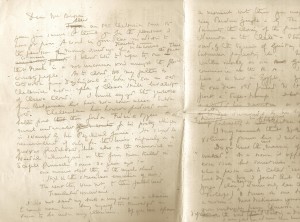 Found in a pile of papers around a year ago at Jot HQ is this draft of a barely decipherable ( hence the gaps and possible misreadings of words ) and incomplete letter written in pencil on the back of a typed Roneoed page headed ‘ The Association of British Chambers of Commerce/5thOctober, 1942/Parliamentary Bulletin No 462A/Information by question and answer. The draft letter is addressed to ( Ivor ) Brown, author of A Word in your Ear( 1942), a book that explores the history of certain words. The writer cannot be identified from any clues in the letter , though what clues there are might open up paths for Jot fans who are familiar with Cheltenham and the Cotswolds. Any with information are welcome to write in.
Found in a pile of papers around a year ago at Jot HQ is this draft of a barely decipherable ( hence the gaps and possible misreadings of words ) and incomplete letter written in pencil on the back of a typed Roneoed page headed ‘ The Association of British Chambers of Commerce/5thOctober, 1942/Parliamentary Bulletin No 462A/Information by question and answer. The draft letter is addressed to ( Ivor ) Brown, author of A Word in your Ear( 1942), a book that explores the history of certain words. The writer cannot be identified from any clues in the letter , though what clues there are might open up paths for Jot fans who are familiar with Cheltenham and the Cotswolds. Any with information are welcome to write in.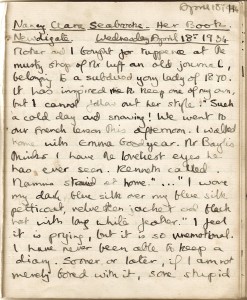
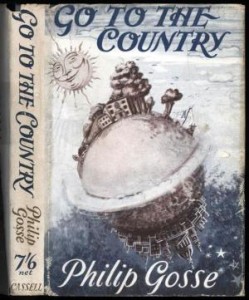
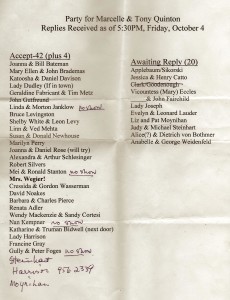 Found among papers at Jot HQ ( heaven knows where it came from ) is this printed list of the good and great ( some not so good) who were invited by a friend or friends to attend a party for the philosopher (Lord)
Found among papers at Jot HQ ( heaven knows where it came from ) is this printed list of the good and great ( some not so good) who were invited by a friend or friends to attend a party for the philosopher (Lord) 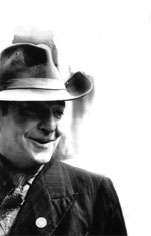
 The front part is a short record of travels in Germany and Belgium in which the anonymous male diarist, who is accompanying his mother, at one point tells us that he was born in 1802, is very scathing about the appearance of most of his travelling companions. In one instance he remarks that the young son of the parson in the party ‘seemed to be as ugly as his father and as vulgar as his cousin’. He is singularly unimpressed by most of the foreigners he encounters along the way. For instance, he notes that his fellow diners at the Table d’Hote, were ‘12 disgusting looking Germans who luckily eat enormously & spoke little ‘. The following evening diners at the same table were’ rather more disgusting in their appearance & manner of eating than the day before ‘. Predictably, he is also critical of the meals he is obliged to eat and the inns that serve and accommodate him. In one inn he accuses the landlord of serving him a dish of greyhound puppy. Our diarist certainly places himself above the common lot. He seems knowledgeable about art and is a little snooty regarding the collections he views, suspecting that most of the paintings were copies from the masters. More positively, he is often ecstatic about the scenery and buildings he encounters and he particularly praises cathedrals and castles. We yearn for more, but unfortunately, the diary stops abruptly after thirty pages.
The front part is a short record of travels in Germany and Belgium in which the anonymous male diarist, who is accompanying his mother, at one point tells us that he was born in 1802, is very scathing about the appearance of most of his travelling companions. In one instance he remarks that the young son of the parson in the party ‘seemed to be as ugly as his father and as vulgar as his cousin’. He is singularly unimpressed by most of the foreigners he encounters along the way. For instance, he notes that his fellow diners at the Table d’Hote, were ‘12 disgusting looking Germans who luckily eat enormously & spoke little ‘. The following evening diners at the same table were’ rather more disgusting in their appearance & manner of eating than the day before ‘. Predictably, he is also critical of the meals he is obliged to eat and the inns that serve and accommodate him. In one inn he accuses the landlord of serving him a dish of greyhound puppy. Our diarist certainly places himself above the common lot. He seems knowledgeable about art and is a little snooty regarding the collections he views, suspecting that most of the paintings were copies from the masters. More positively, he is often ecstatic about the scenery and buildings he encounters and he particularly praises cathedrals and castles. We yearn for more, but unfortunately, the diary stops abruptly after thirty pages.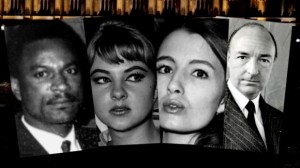
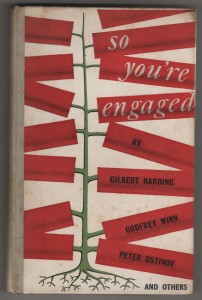
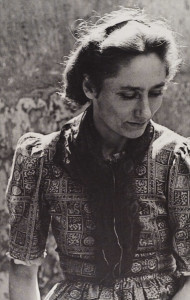
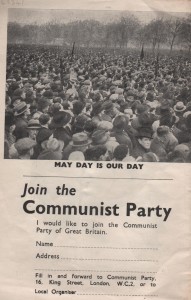

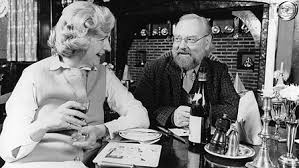
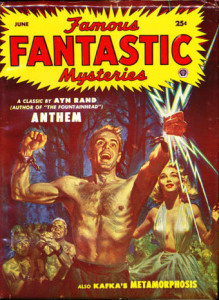 this amusing game that can be played using an iPhone or laptop. One player picks 3 people of seemingly equal fame and then all the players have to say (in order) who has the highest google rating i.e. number of hits. It is best when searching to put the full name in inverted commas – e.g. “Kevin Bacon.” Players score 1 point for naming the person with the most hits and an extra 2 points for naming all 3 in correct order. First to ten , at that point you can play again but one session is usually enough. Try Marcel Proust, Jorge Luis Borges and Vladimir Nabokov. The leader is Borges at 7.88 million, Proust at 4.68 and Nabokov at 3.3 million.
this amusing game that can be played using an iPhone or laptop. One player picks 3 people of seemingly equal fame and then all the players have to say (in order) who has the highest google rating i.e. number of hits. It is best when searching to put the full name in inverted commas – e.g. “Kevin Bacon.” Players score 1 point for naming the person with the most hits and an extra 2 points for naming all 3 in correct order. First to ten , at that point you can play again but one session is usually enough. Try Marcel Proust, Jorge Luis Borges and Vladimir Nabokov. The leader is Borges at 7.88 million, Proust at 4.68 and Nabokov at 3.3 million.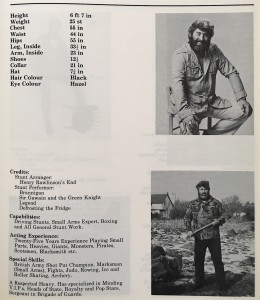

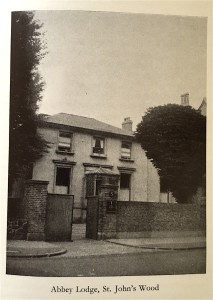 Found in a 1955 Punch – a review by the novelist Anthony Powell of Honours for Sale. The Strange Story of Maundy Gregory. (Gerald Macmillan, London: Richards Press 1954).
Found in a 1955 Punch – a review by the novelist Anthony Powell of Honours for Sale. The Strange Story of Maundy Gregory. (Gerald Macmillan, London: Richards Press 1954). 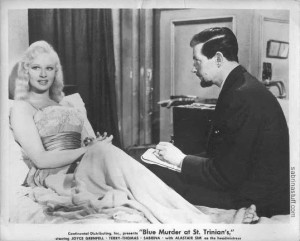
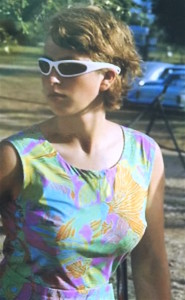 Bought at eBay for the price of a latte (and muffin) -these 3 photos purporting to be of a British royal –
Bought at eBay for the price of a latte (and muffin) -these 3 photos purporting to be of a British royal – 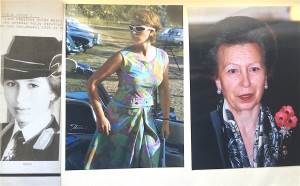
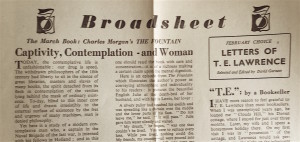 Found among the books in the working library of the actor Peter O’Toole (1932 – 2013) his copy of Letters of T.E. Lawrence (Readers Union, 1941.) O’Toole had surprisingly few books on or by Lawrence considering that this was probably his greatest role and the film that made him an international star. In the Reader’s Union edition was loosely inserted a one page wartime broadsheet keeping members of the book club informed about new publications. It was from an address at Wray Common, Reigate. This broadsheet / flier was dated February 1941and has a good piece (“T.E.”) on Lawrence by his friend and bookseller K.W. Marshall.
Found among the books in the working library of the actor Peter O’Toole (1932 – 2013) his copy of Letters of T.E. Lawrence (Readers Union, 1941.) O’Toole had surprisingly few books on or by Lawrence considering that this was probably his greatest role and the film that made him an international star. In the Reader’s Union edition was loosely inserted a one page wartime broadsheet keeping members of the book club informed about new publications. It was from an address at Wray Common, Reigate. This broadsheet / flier was dated February 1941and has a good piece (“T.E.”) on Lawrence by his friend and bookseller K.W. Marshall.